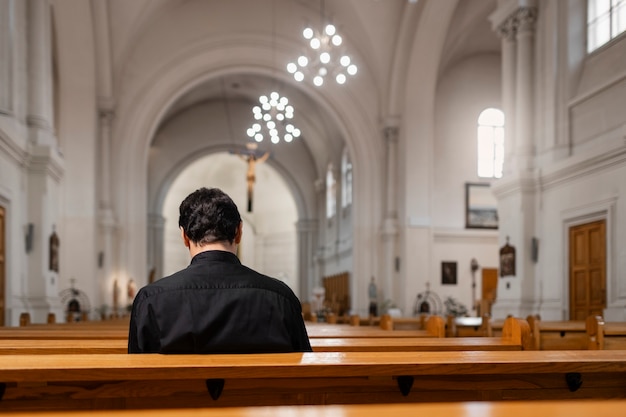
Image source: Freepik
There are numerous historic Churches in Cebu City for Visita Iglesia that showcase the region’s rich religious heritage.
Each offers unique architectural features, historical significance, and spiritual atmosphere. Here’s a guide to some of the most important churches to include in your Visita Iglesia journey:
Basilica Minore del Sto. Niño
A Pilgrim Center in Cebu City

Image source: https://guidetothephilippines.ph/destinations-and-attractions/basilica-minore-del-santo-nino
The Basilica Minore del Sto. Niño is the oldest Roman Catholic church in the Philippines, established in 1565. Located in downtown Cebu, this church houses the revered image of the Child Jesus (Niño de Cebu) given by Portuguese explorer Ferdinand Magellan to Queen Juana of Cebu during the baptism of Cebuano natives in 1521.
During Holy Week, the Basilica Minore del Sto. Niño becomes a central gathering place for devotees. As a Pilgrim Centre, it welcomes thousands of visitors who come to pray before the miraculous image of the Santo Niño.
The church offers ample parking spaces, though visiting early during Holy Week is advisable to avoid the crowds.
Just a short drive from the basilica is the well-planned Camella Homes community, where many residents appreciate the convenience of living near such important religious and cultural landmarks while enjoying modern amenities and a peaceful neighborhood setting.
Cebu Metropolitan Cathedral
The ecclesiastical seat of the Metropolitan Archdiocese of Cebu
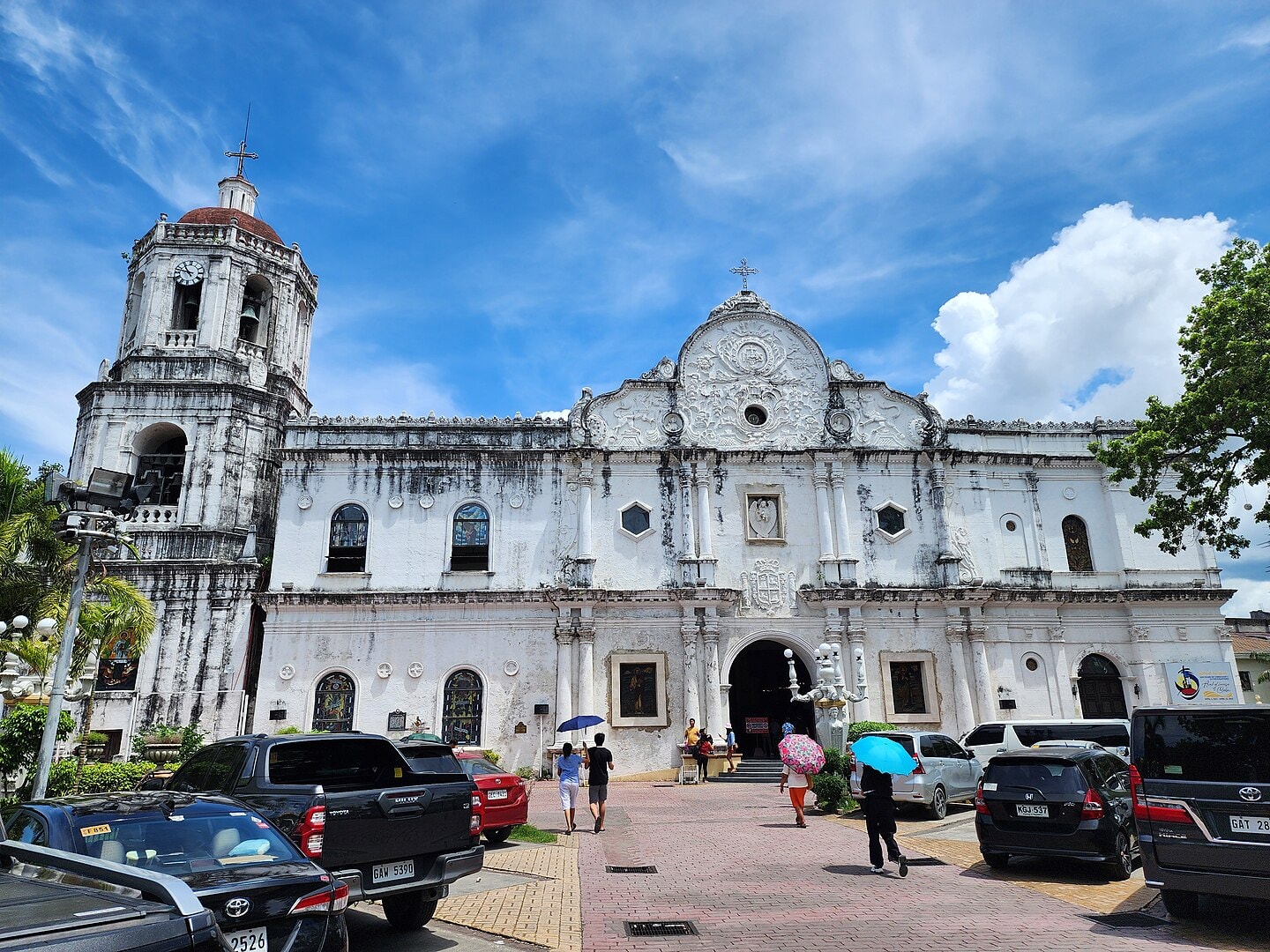
Image source: https://en.wikipedia.org/wiki/Cebu_Metropolitan_Cathedral#/media/File:Cebu_Cathedral_2024-07-07.jpg
The Cebu Metropolitan Cathedral, with its Spanish colonial architecture, serves as the ecclesiastical seat of the Metropolitan Archdiocese of Cebu. Founded in 1598 and dedicated to the Immaculate Conception and Saint Vitalis, this church has played a central role in Cebu’s religious life for centuries.
Visitors to the Cebu Metropolitan Cathedral can admire its thick walls and squat design, typical of churches built during the Spanish era.
The facade features coral stones quarried from the sea, a common building material in colonial-era structures. The Metropolitan Cathedral underwent significant reconstruction after World War II, as it was heavily damaged during the conflict.
In March 2023, the cathedral was designated as an Important Cultural Property, recognizing its historical and architectural significance. During Holy Thursday, the church hosts the traditional Washing of the Feet ceremony, commemorating Jesus’s act of humility and service to His disciples.
Redemptorist Church
One of the most visited churches in Cebu City
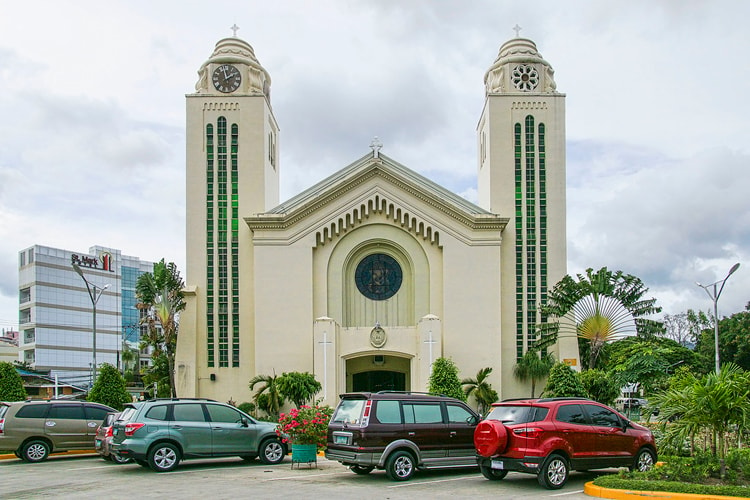
Image source: https://www.schedules.ph/mass/redemptorist-church/
The Redemptorist Church, officially named Our Mother of Perpetual Help Church, has a fascinating history dating back to 1906. Originally serving as a monastery chapel in 1929, this church played a crucial role during World War II by protecting the Sto. Niño image when the basilica was damaged.
The current structure, completed in 1950, features a Romanesque design with two bell towers and three naves with ribbed vaulted ceilings.
Every Wednesday, thousands gather here for the Perpetual Help Novena, making it one of the most visited churches in Cebu City.
During Visita Iglesia, the Redemptorist Church offers extended hours for prayer and reflection. Its spacious grounds provide ample parking space, making it accessible for visitors coming from different parts of the city.
The Sacred Heart Parish
Elevated to the status of Archdiocesan Shrine of the Most Sacred Heart of Jesus
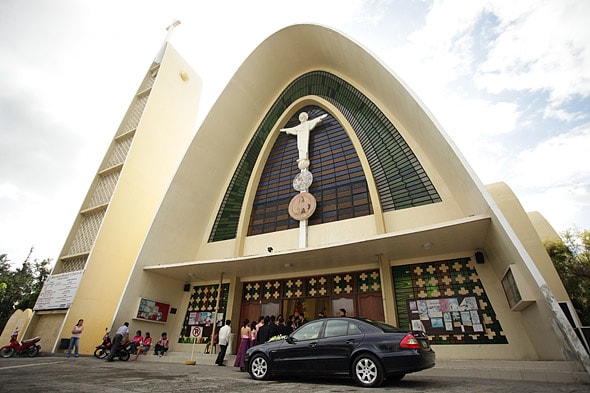
Image source: http://weddingsinthephilippines.com/sacred-heart-parish-church-in-cebu/
The Sacred Heart Church represents another important stop on the Visita Iglesia route. Located near the Capitol Parish area.
Established in 1952 by the Jesuit order, also known as the Society of Jesus, the parish was born from the expressed desire of Chinese-Cebuano Catholics for a Jesuit priest to minister to their spiritual needs.
A significant step in the parish’s development occurred in 1956 when Fr. Arthur Baur spearheaded the acquisition of a piece of land.
Through the generous contributions of its predominantly Chinese churchgoers and with divine providence, the Sacred Heart Church was completed in time to celebrate its inaugural mass on Christmas Eve of 1960.
This marked a new chapter for the community, providing them with a dedicated space for worship and fellowship along D. Jakosalem Street.
The journey of the Sacred Heart Parish culminated in a momentous occasion on May 10, 2012, its 60th anniversary, when it was elevated to the status of Archdiocesan Shrine of the Most Sacred Heart of Jesus by Archbishop Jose Palma.
This elevation signifies the parish’s growing importance and its recognized role within the wider Catholic community of Cebu.
Our Lady of Lourdes Parish
Providing a tranquil environment for prayer and reflection
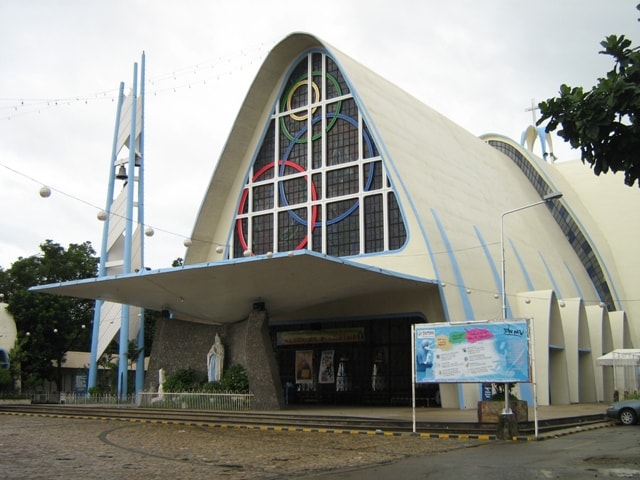
The Archdiocesan Shrine of Our Lady of Lourdes Parish in Cebu City offers a tranquil environment for prayer and reflection, its origins deeply rooted in personal devotion and a belief in divine intervention.
Over the years, this modern church has undergone various enhancements, including the installation of stained-glass windows. These windows not only add to the aesthetic beauty of the church but also filter sunlight into the nave, creating an ethereal glow that enhances the spiritual experience.
Another notable architectural element is the striking stone tabernacle, a testament to the craftsmanship and artistry invested in the church’s design.
San Nicolas de Tolentino Parish Church
Holds the distinction of being one of the oldest in the Philippines
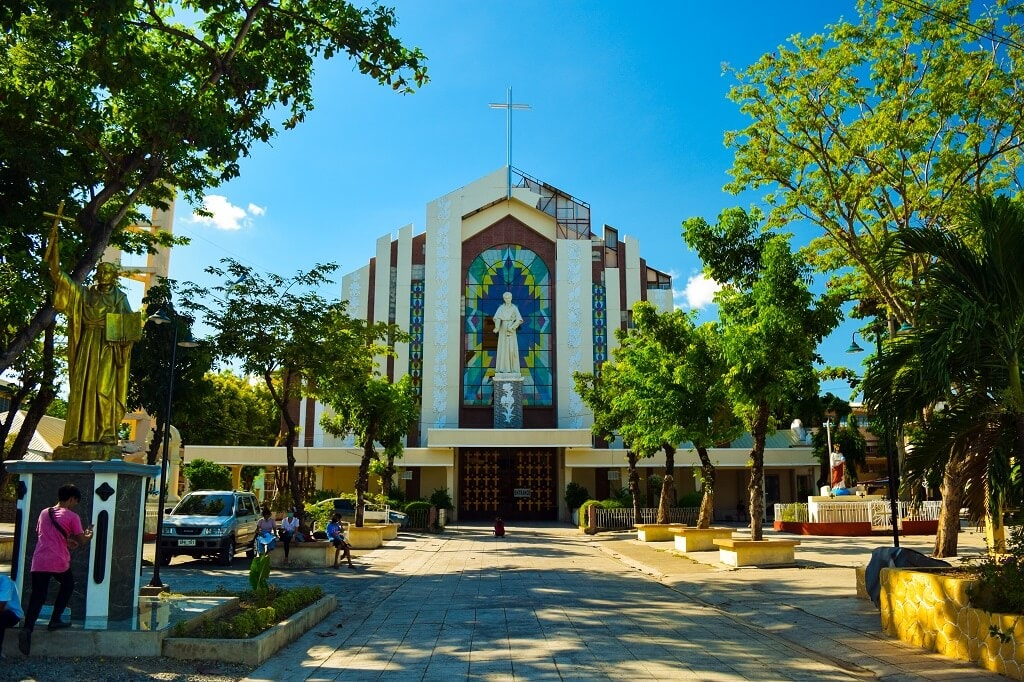
For those seeking to delve deeper into Cebu’s rich religious history during their Visita Iglesia, the San Nicolas de Tolentino Parish Church in Cebu City presents itself as a compelling sixth destination.
This church holds the distinction of being one of the oldest in the Philippines, having been built in 1584, a significant period even before the formal establishment of the Cebu Diocese in 1595. Originally founded as Villa de San Miguel in 1565 by Miguel Lopez de Legazpi, it was later renamed Villa Santísimo Nombre de Jesus in 1571.
Situated approximately 1.5 kilometers south of the main city, it was historically known as Cebu Viejo, or Old Cebu.
Including the San Nicolas de Tolentino Parish Church in a Visita Iglesia itinerary offers a profound connection to Cebu’s earliest Christian heritage. Its historical significance makes it a key landmark for those seeking to understand the deep roots of Catholicism in the region.
Indeed, it is often featured in recommended Visita Iglesia routes within Cebu. During Holy Week, the church provides confessionals daily, along with regular masses and other Lenten activities, making it a particularly suitable stop for prayer and reflection.
St. Joseph Parish
Declared a National Shrine for its enduring spiritual and cultural importance in Cebu
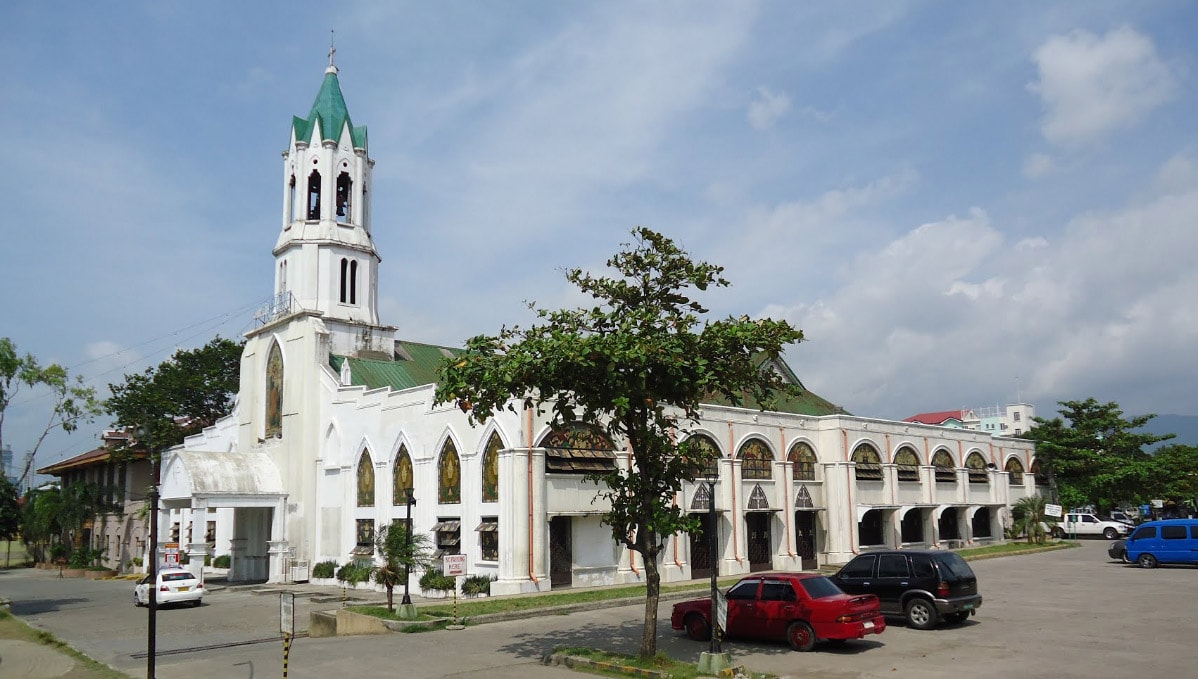
Image source: https://www.brideworthy.com/churches/st-joseph-the-patriarch-cebu/
St. Joseph Parish in Mandaue City stands as a testament to centuries of faith and devotion, its history stretching back to the early years of Spanish colonization in Cebu.
Mandaue was first established as a Jesuit mission in 1638 after the order acquired lands in the area. The Jesuits played a significant role in the early administration of the area.
A pivotal moment in the parish’s history occurred on August 6, 2001, when it was officially declared a National Shrine by Cardinal Ricardo J. Vidal, a testament to its enduring spiritual and cultural importance in Cebu.
This designation as a National Shrine further solidifies its place as a significant religious landmark in the Philippines.
Just like other churches in the Philippines, the architectural evolution of St. Joseph Parish reflects the various historical periods and challenges it has faced.
The church suffered significant damage from an earthquake in 1922, leading to its reconstruction in 1936, which included the addition of a bell tower to the façade. During World War II, the church sustained severe damage when an American bomb blew open its roof.
A major renovation undertaken in 1998 brought about significant changes to the church’s appearance, most notably the removal of the pillars that had supported the roof.
This architectural journey, marked by periods of construction, destruction, and renovation, showcases the resilience of the parish and its ongoing adaptation to the changing times while honoring its rich historical and spiritual heritage.
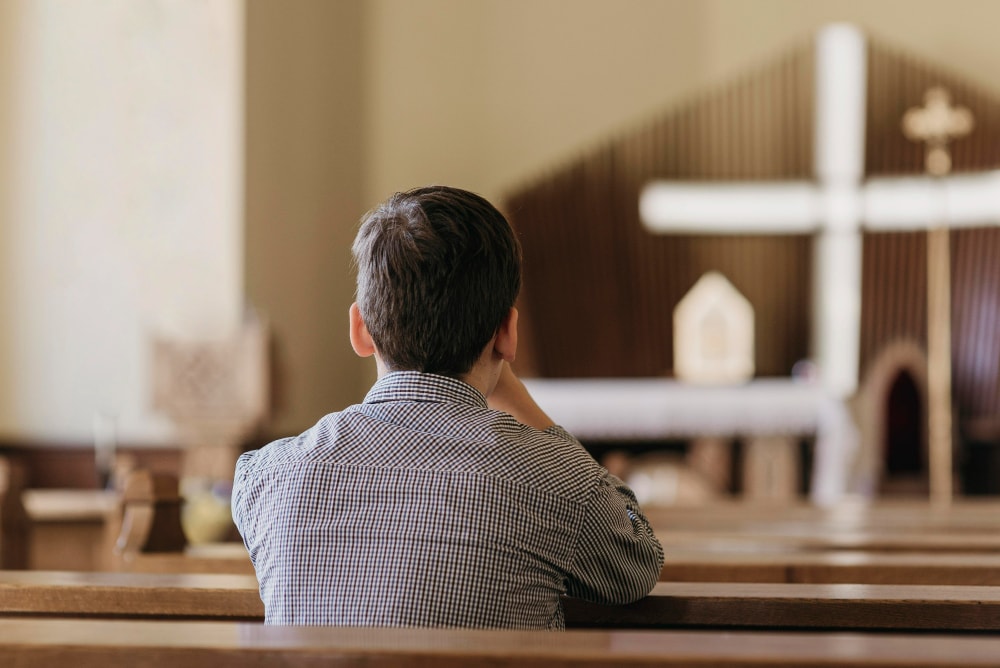
Conclusion: The Enduring Significance of Visita Iglesia
The tradition of Visita Iglesia Cebu continues to thrive as a meaningful expression of faith and cultural identity. By visiting seven churches during Holy Week, participants not only honor a centuries-old tradition but also create personal connections with Cebu’s rich religious heritage.
As you plan your own Visita Iglesia journey, remember that beyond the religious significance, you’re also participating in one of the Holy Week traditions that has shaped the identity and character of Cebu for generations.


